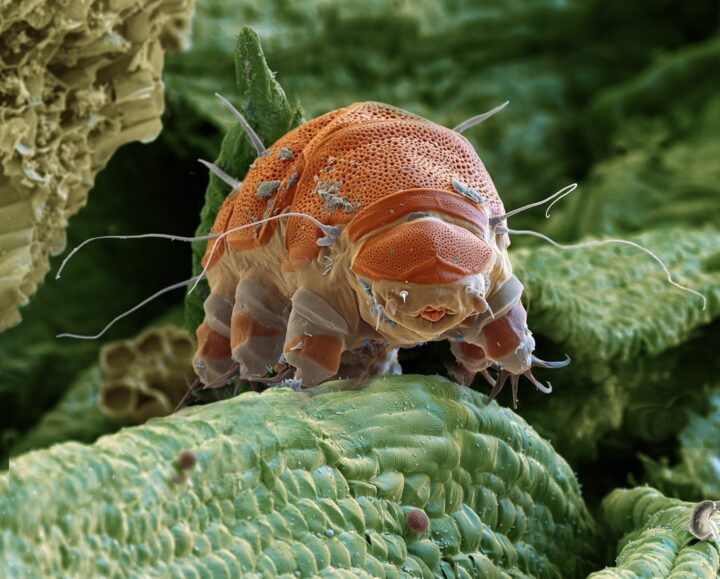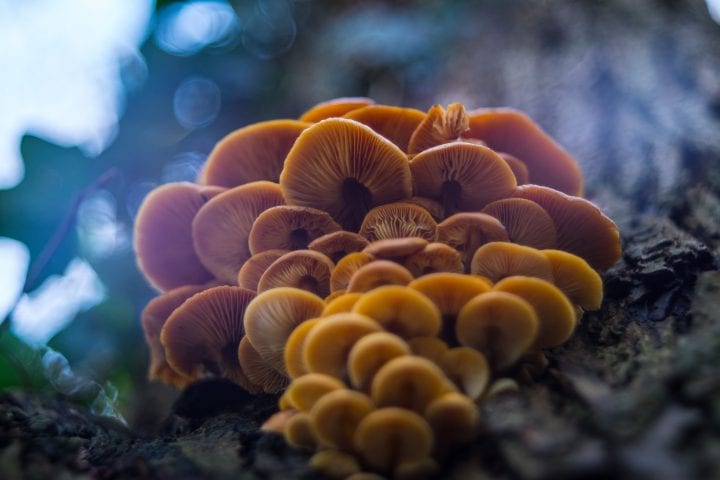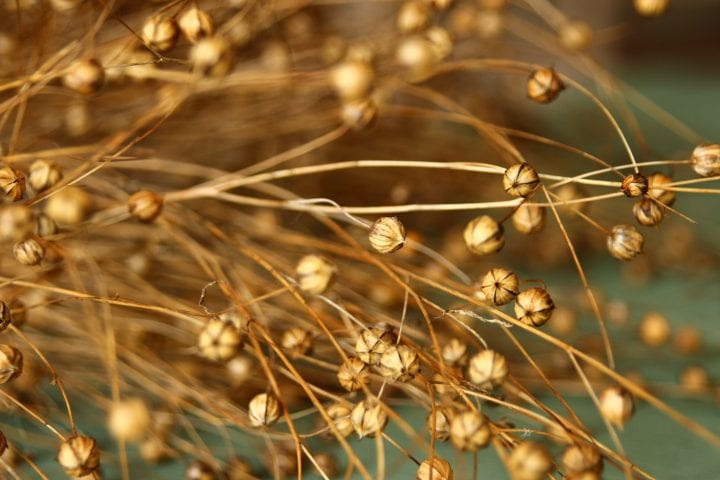Some orchid bees are able to tolerate high concentrations of DDT, strategy unknown.
“While studying the ecology of the malaria vector Anopheles
(Nyssorhynchus) darlingi Root along the Ituxi River, Amazonas, Brazil,
we observed aggregates of bees on the walls of houses that were
routinely sprayed with DDT. Several bees collected from DDT-treated
house walls in August 1978 were identified as male specimens of
Eufriesia purpurata (Moscary) of the tribe Euglossini (Hymenoptera:
Apoidae)…These bees
were well known to the local residents as the insects that eat DDT and
we present here the first documentation that they (1) are attracted to
DDT, (2) actively collect large quantities of DDT from treated house
walls and (3) suffer no apparent insecticidal effects. We also found
that the frequency of house visiting is most intense during July to
September. Most bees arrive at houses before 12.00 h, remain 2−3 h and
return on subsequent days to collect more DDT.” (Roberts et al. 1982:62)
“Brazilian bees of the species Eufriesea purpurata are known to
tolerate very high concentrations of DDT. As reported in the literature,
these bees have suffered no harm from as much as 2 mg/bee, which is in
the per-cent range of the body weight. In 1979, individuals of E.
purpurata were captured as they collected DDT from walls of
remote, rural houses in Brazil. Reported herein are quantities and
identities of DDT, DDT metabolites, and other organohalogen compounds in
four samples of bees stored since 1979. The concentrations of DDT (sum
of p,p′-DDT, -DDE, and -DDD) ranged from 23 to 314 μg/bee
which is up to twelve fold higher than the LD50 value of DDT
in the honey bee (Apis mellifera) but significantly lower than
the no-effect concentration in E. purpurata.
Enantioselective determination confirmed the presence of racemic o,p′-DDT
in the four individual samples. GC/ECNI-MS investigation resulted in
the detection of low amounts (< 1 μg/bee) of PCA, lindane, and
chlordane. At higher retention times four unknown compounds were
detected with a proposed molecular ion at m/z 498, a
non-aromatic hydrocarbon backbone along with the presence of eight
chlorine substituents. Neither the structure nor the origin of these
compounds could be determined. Considering where and when the bees were
collected and considering the biology and ecology of the euglossine bees
themselves, we propose that the four unknowns are natural products and,
as such, are the most highly chlorinated natural compounds yet
discovered.” (Vetter & Roberts 2007:371)
http://www.nature.com/nature/journal/v297/n5861/abs/297062a0.html
http://www.sciencedirect.com/science?_ob=ArticleURL&_udi=B6V78-4NBR3PM-5&_user=10&_coverDate=05%2F15%2F2007&_rdoc=1&_fmt=high&_orig=search&_sort=d&_docancho





